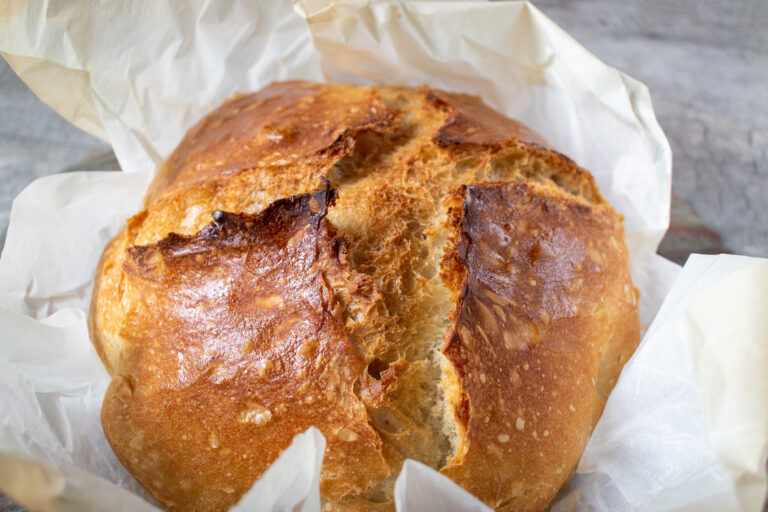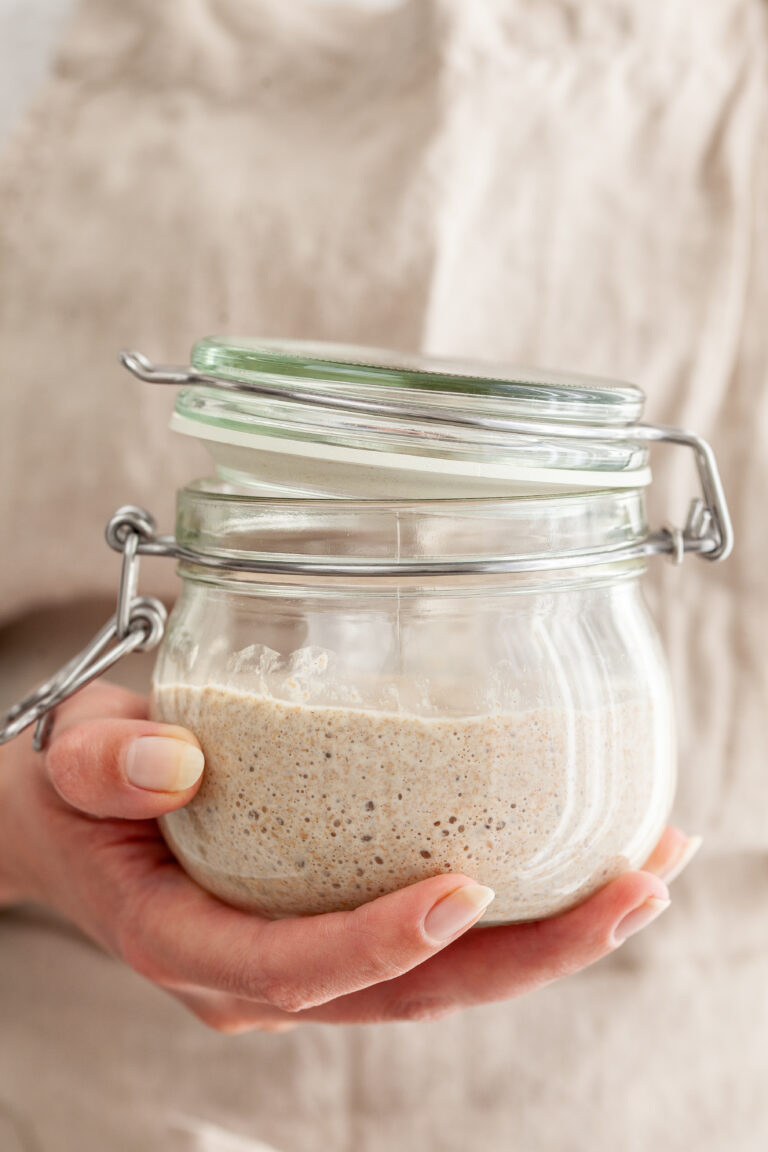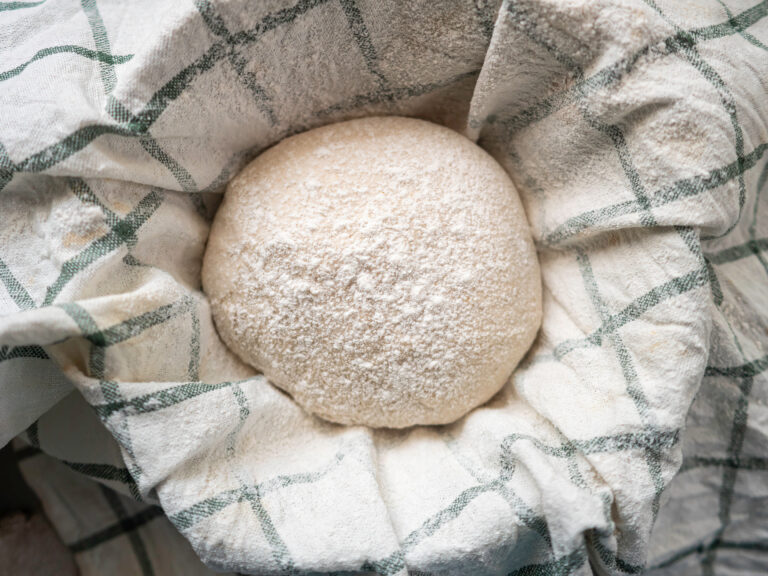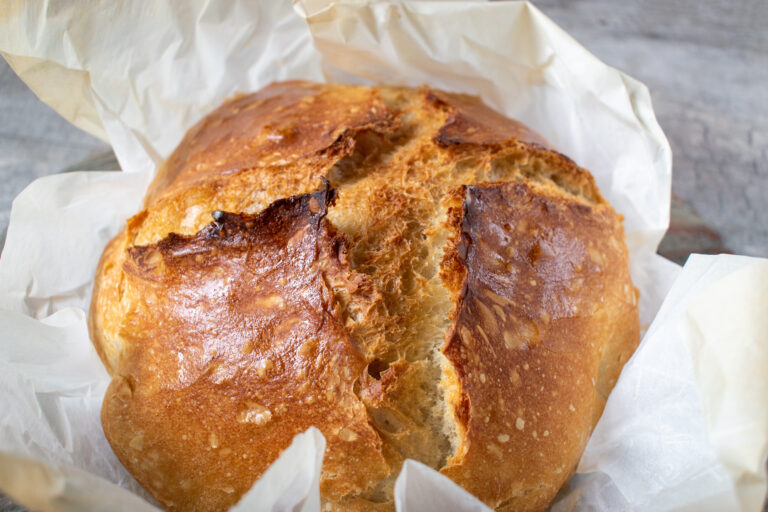How to Make Sourdough Without a Dutch Oven (Yes, It’s Possible!)
you absolutely can bake beautiful sourdough bread without a fancy Dutch oven. I’ve done it on baking sheets, in cast iron skillets, and even in an old pie dish!

you absolutely can bake beautiful sourdough bread without a fancy Dutch oven. I’ve done it on baking sheets, in cast iron skillets, and even in an old pie dish!

Sourdough isn’t just baking. It’s wild fermentation, kitchen science, and old-school magic all in one mason jar. And once you know what’s actually going on in that starter, everything about the process just makes more sense.

If you’re wondering about Sourdough Starter and when to feed it, what kind of flour to use, and how to know if you’re doing it right you’re in the right place!

If you’re just starting out with sourdough, the lingo can feel a little… weird. Starter? Discard? What am I discarding and why?

It doesn’t take as much hands-on time as you think. Most of sourdough is just waiting around while your dough does the work—and with a little rhythm, you can totally bake fresh bread while wrangling kids, watering the garden, and flipping pancakes. Let me walk you through the full timeline, step by step.

In this post, I’ll break it down in plain language so you can decide what works best for your kitchen and your schedule whether you’re baking with a digital scale or scooping flour with a mason jar lid.

Traditional sourdough bread involves lots of folding and stretching (which is great, but overwhelming at first). This version lets time do the hard work gluten develops slowly overnight while you sleep, so there’s zero kneading required.

I didn’t have yeast on hand, but I’d heard whispers about sourdough starter this living thing you feed like a pet and bake with like a pro.